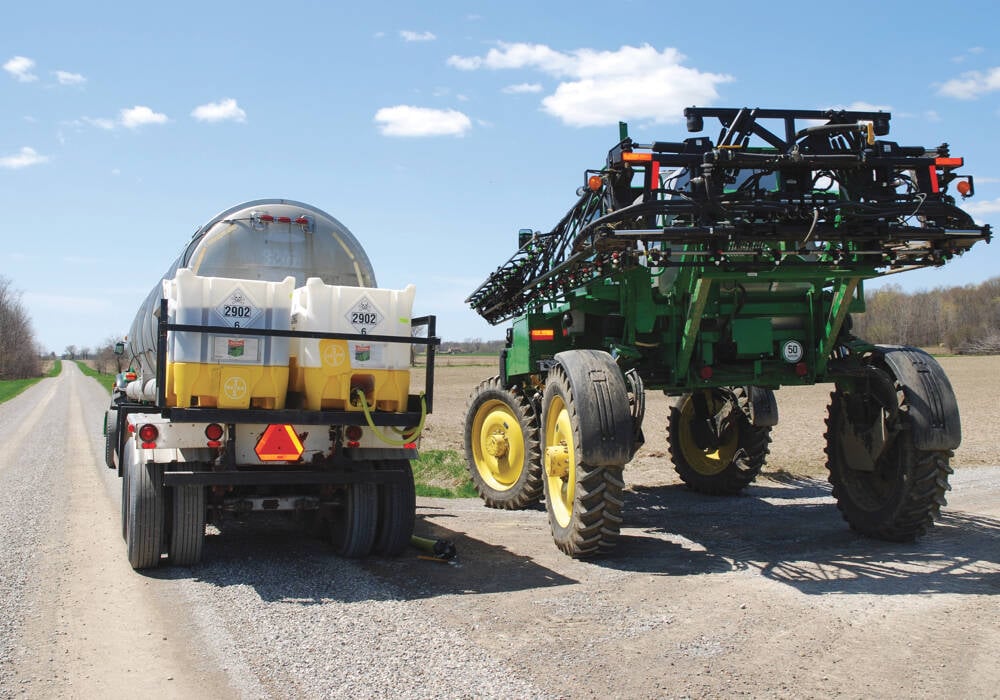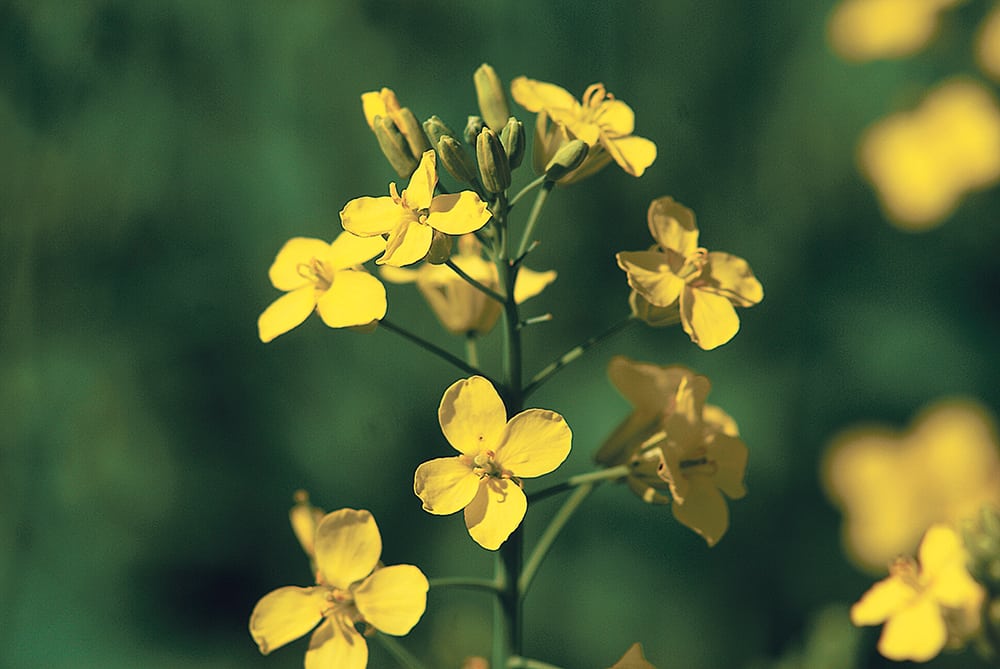Rapid disease testing aids spraying and timing decisions, giving producers real-time control information
LANGHAM, Sask. — Lab technicians at Quantum Genetix are working around the clock testing crop tissue samples to help farms make informed decisions in their fungicide program.
“It’s a busy time of the year for us. We up our staff and we run 24 hours to make sure our machines are working,” Heather Deobald of Quantum Genetix said during Ag In Motion near Langham.
Through the company’s Q-protect product, growers get lab results from their submitted samples within 24 hours.
During this period of the growing year producers are testing for sclertoina and fusarium.
The Q-protect kits come with five packages of test tubes for collecting material at five field sites.
There are eight test tubes in each package.
For the sclertoina test growers “collect eight different plants, and from each of those plants you select three petals and put them into the respected tubes,” Deobald said.
“And then you would go to the next corner of your field and select another eight plants and do the same thing, five times in your field.”
Growers are quickly given a result sheet showing them the percent of infection or spores that they have in their field.
Based on the report, users can decide if they need to apply a fungicide.
Read Also

Warding off dicamba spray drift
When it comes to farm weed control, some spraying experts say dicamba’s drift risk isn’t worth it, others say it’s a matter of proper management, smart farmer decisions and chemical product choice.
Click here for more stories from Ag In Motion 2018
Beyond using Q-protect to help growers decide whether to spray, some growers use it to time their fungicide applications.
“This just helps with their fungicide efficacy. It can help prolong or make sure that their fungicide is out there being active when it needs to be, when the spores are present,” Deobald said.

If growers have areas in the field where the crop is known to be particular heavy or light, they can test their field by zones.
“What this tool does is it brings precision agriculture to fungicide application, so what they’ll do is they will test different areas of their field and they’ll take note of which sites are from which areas. So say if the north half of their field has a high level of spores present, they may go in with a higher fungicide application there and choose maybe not to spray the south half of their field,” Deobald said.
The same in-crop test can be used for fusarium in wheat or durum and for white mould in soybeans,
For aphanomyces, growers typically use the test in the fall so that they can map out the disease level in their fields to help make planting decisions for the following year.
“We have an aphanomyces test where we can test for the presence or absence of aphanomyces as well as quantification to let you know what levels of aphanomyces you have in your field,” Deobald said.
She said Q-protect is a scientific way for growers to know what’s going on in their field before making expensive crop protection investments.
“One kit sells for $480 and that does up to 320 acres. If you have a stand-alone field of 160 acres, we recommend you test with one kit per field, because we have seen variations, especially with sclertoina, from one side of the road to the other side — just because the variability of what the crop rotation was or weather patterns or what not,” Deobald said.
Quantum Genetix is based in Saskatoon.
















